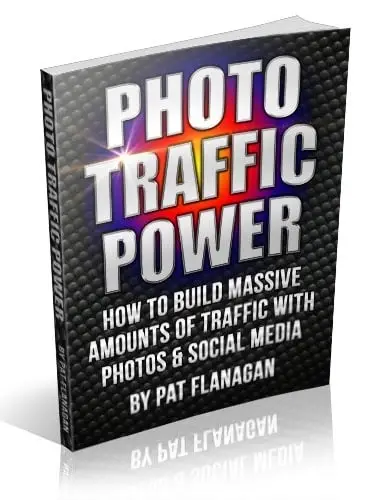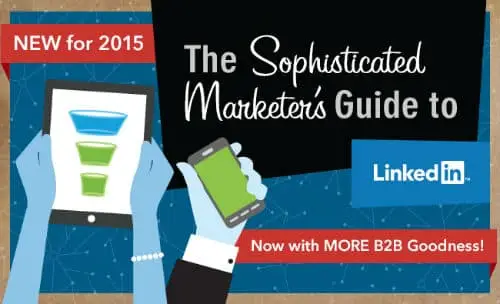Business Blog
I’m a bit of a risk-taker when it comes to my gas tank. If you cared to check, most days you will find me driving around with the gas light on. My Business Blog has been a lifeline, much like the fuel in my car.
In fact, I’ve done this so long that I have it down to an art. I know how many miles I can go, and even how the car starts to drive when I’m operating on fumes. My Business Blog has the same impact when I neglect it.
Why, why would anyone do this, you might ask. The answer is simple … because so far, it’s worked. I haven’t found myself on the side of the road unable to keep going, much like a Business Blog that continues to deliver value.
With a quick fill-up, I’m back on my way. The problem is, you know that eventually my pit-stop strategy is going to fail. When I pull into a parking lot for one more stop, I’m not immune to worrying about my glowing orange gas light, and the big ‘Check Gages’ that’s projected onto my windshield. ‘What ifs’ ranging from a new meeting to a call from daycare run through my head, and I know I would be slow to get there because I would have to stop for gas. Similarly, a stagnant Business Blog can hinder progress.
So… why the admission regarding my poor approach to fueling my vehicle? Because the same pit-stop strategy is what I often see when evaluating a company’s blogging efforts.
Gas Up Your Blog Posts.
Blog posts, the staple of many organizations’ content plans, are an easy to ignore fuel light. As long as they keep coming, no one is forced to stop and evaluate the performance. The measurement of success becomes whether a post was published that day, versus how the blog post is going to help achieve a stated content marketing objective. A well-structured Business Blog can prevent this complacency.
But eventually, this too will fail. Someone will start asking the right questions and you will be left holding the keys to a content marketing strategy that’s built on blog posts that have run dry. A thriving Business Blog prevents this from happening.
To avoid stalling out on the side of the content road, and make sure that your blog posts are strategically aligned with your overall content marketing efforts, it’s important to follow best practices. Here are 4 considerations to help your business blogging go the distance and reach your content marketing destination.
1. Objective
Seems silly, right? Of course the objective of the content marketing strategy, and the blog posts that live within it, are likely one or more of the following; increasing brand awareness, audience engagement, traffic, and business-level metrics like MQL’s or sales.
What I’m talking about is the objective of a particular blog post. It happens too often that the content plan has an objective, but the individual pieces of content do not. This is where your Business Blog can shine.
For example, it’s easy to create a concept about ‘14 Reasons to Love Content Marketing’ and tie it up with a nice Valentine’s Day image. Mwah!
Take a closer look, though. Is that post going to directly help you reach any of your stated marketing objectives?
At the post level, be sure to identify the intended outcome of each piece of content. For example, will the post support:
- Thought Leadership with strategic ideas and the inclusion of industry influencers.
- Engagement metrics with an action for the audience to participate.
- Leads with a call-to-action leading to a gated piece of content.
Identifying the objective of each post at the outset is important to make sure that the content you create is going to contribute towards the desired results. A statement of objectives upfront also makes measuring success much easier for your Business Blog.
2. Audience
Producing results is directly tied to being able to create the right content for the right audience, at the right time for your Business Blog.
It’s likely that you have a few target audiences, and subsets of those audiences. You may be trying to reach marketers, but within that group, you have executives, directors, and those executing.
While there is overlap in what those three groups care about, they also have distinct needs, interests, and pain points. For this reason, target audience should also be identified at the post level and content should be crafted accordingly to suit your Business Blog.
3. Content Type & Buying Cycle
Long-form, short-form, interview, Q&A; there are several different formats you can leverage to create blog content. You’ll run into problems if you don’t decide which type you are going to create beforehand for your Business Blog.
Before you decide which type to create, you first need to consider:
- What you hope to accomplish (see number 1)
- Who it’s for (see number 2)
- Where in the buying cycle are you focusing
Certain types of content may perform better in various stages of the buying cycle. For example, your audience may engage better with short-form content in the attract stage, and long-form content during the engage stage.
In addition, mapping to the buying cycle also allows you to be more effective in funneling visitors from your blog post to your desired next step. It happens too often, where companies draft a very high-level blog post and then want to encourage the reader to take an extraordinarily strong call to action. i.e. a demo request.
If the ‘offer’ (your content) and the ‘ask’ (the call to action) don’t add up for the visitor, it’s never a good thing. A clear focus on your Business Blog helps maintain this alignment.
4. Accompanying Digital Assets
Digital assets are an under-utilized part of planning and drafting blog content. They are often not considered or are added so late in the content production that at least some value is lost.
When you are creating your blog concept, be sure to identify what additional assets you have that can help extend amplification for your Business Blog.
Digital Assets can include slide decks, original imagery, videos, case studies, and other modular content snippets. Leveraging these assets, you can prime the audience ahead of time, round out the blog post you are publishing, and follow-up with additional resources.
No one wants their company’s blogging efforts to be running on empty. If the measurement of success is simply the creation of content, then it’s time for a tune-up for your Business Blog.
Take the time to plan and really work through what types of blog posts are going to help you reach your content marketing and business objectives. Doing this now will make sure you don’t end up stranded, and help you arrive safely wherever you want to go with your Business Blog.







